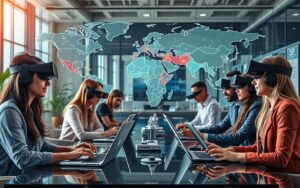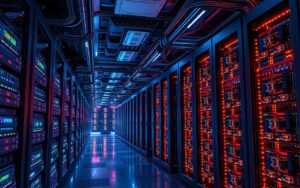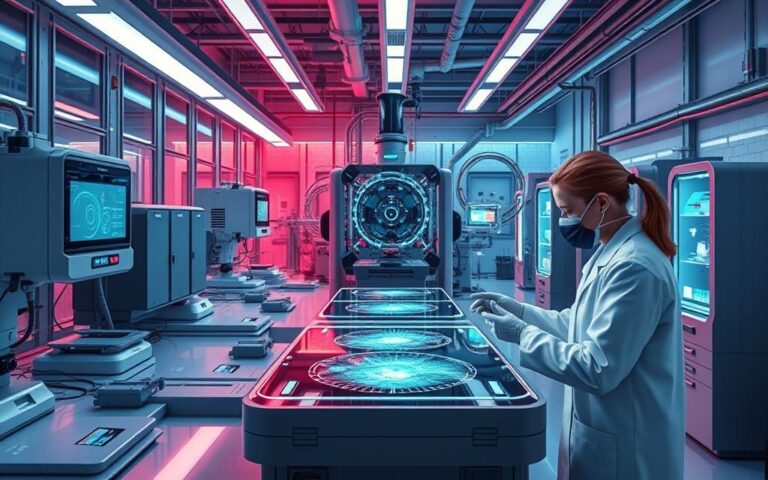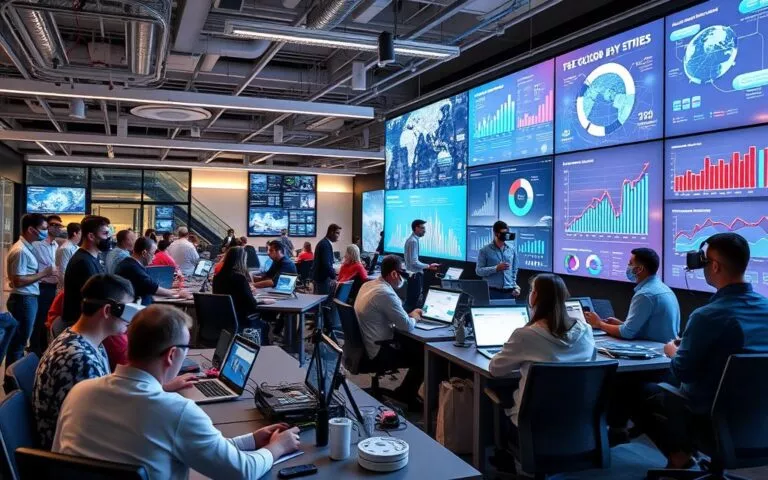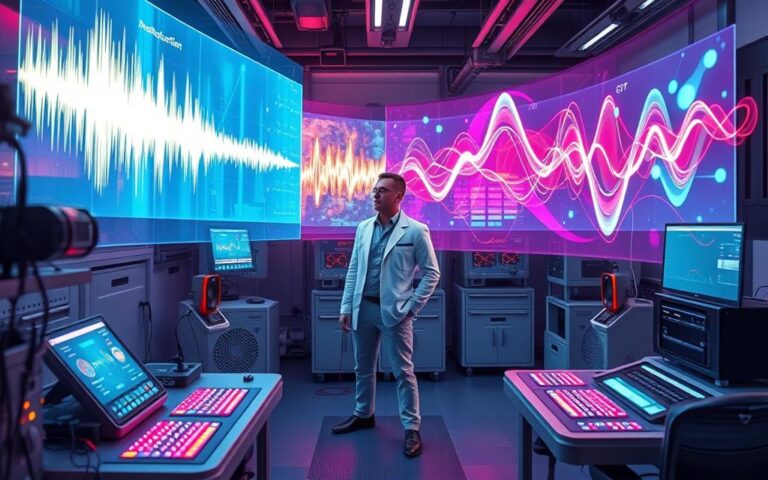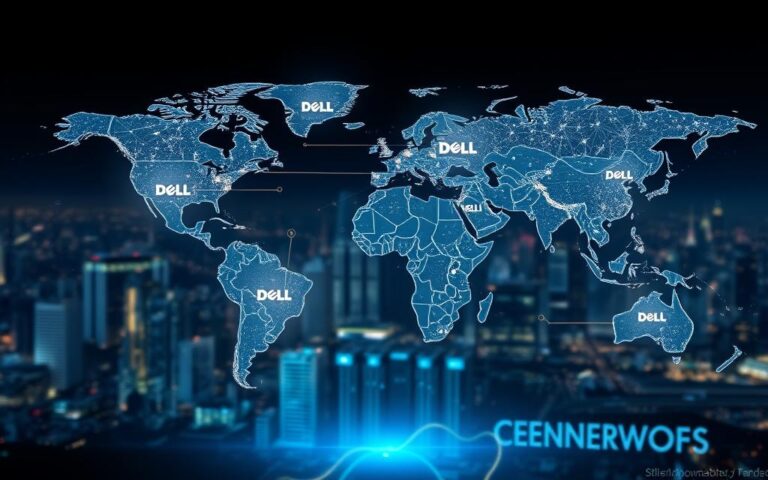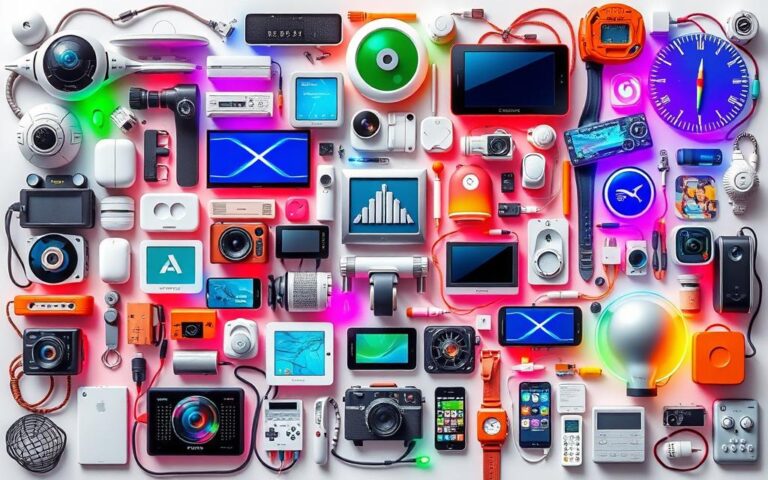What Is Water Technology and How Is It Used?
Water technology involves lots of smart ways to handle water management. With a 55% increase in water demand expected by 2050, these sustainable water solutions are key. They help tackle water scarcity and quality, ensuring clean water is available. This is through making water use more efficient, especially since most water sources are contaminated.
The ways we can use water technology are broad. They include advanced treatment and new management methods. Governments around the world give subsidies to help use water technology better. This helps cut down on costs and plan for future issues. Learn more about this by checking out smart water management systems and digital solutions.
Understanding the Concept of Water Technology
Water technology covers practices and methods for managing water well and sustainably. It includes the engineering and science needed to solve water problems. Understanding water technology is key, especially now, with a global water crisis. We need innovative solutions for safe drinking water and smarter use of water.
Definition and Importance
Water technology’s importance is clear. It helps fight water shortages and pollution. This is crucial for good health and caring for our environment. Advances like UV disinfection and reverse osmosis show the field’s creativity. These methods not only make water safer but also keep up with environmental changes.
Historical Context and Evolution
Water technology has a long history that shows how we’ve always needed to manage water. Early techniques included simple filtration. They were crucial for clean water. Through time, we developed advanced systems for treating and distributing water. Knowing this history helps us appreciate current water management strategies.
Early societies created basic water management methods out of necessity. As they evolved, so did their approaches to managing water. The modern era brought new treatment methods for ensuring safe drinking water. Water management systems keep improving, showing the ongoing need for new solutions to support sustainable goals.
| Period | Key Advancements | Impact on Water Management |
|---|---|---|
| Ancient Civilisations | Basic filtration and sedimentation | Improved water cleanliness |
| Middle Ages | Introduction of aqueducts | Enhanced water distribution |
| 19th Century | Development of chlorination and sewage systems | Reduced waterborne diseases |
| Modern Era | Reverse osmosis and smart management systems | Increased efficiency and safety in water supply |
The ongoing evolution of water technology is a reaction to history and current needs. Every new method is crucial for addressing today’s water challenges. They all aim for a sustainable future.
What Is Water Technology?
Water technology includes many new methods to manage our key resource well. It is growing fast, pushed by the need for sustainable ways to keep water clean and available. Smart water tech and digital systems are leading this progress.
Innovative Solutions for Water Management
Solutions for water management use the latest tech to make operations better. Smart meters, monitoring, and data analysis are key. They use IoT devices to get real-time data. This makes decisions better and uses resources wisely.
These tech changes cut costs and keep water systems reliable and high quality.
Impact on Sustainable Development
The impact of water technology on being sustainable is big. It makes water use better by reducing waste and improving resource use. Also, it makes water systems more able to deal with weather changes. The World Bank says digital tech is key for using water well as demand grows.
Using these water management ways helps more than just the economy. They help the environment and make communities fairer and healthier.
The Role of Water Technology in Resource Management
Water technology is key in improving our management of water resources. As the need for water grows, due to more people and changes in climate, we must use our water systems wisely. Innovative solutions are crucial in keeping our water supply sustainable through different methods.
Efficient Water Distribution Systems
Having efficient water systems is essential for clean water access. By using advanced technology, we make water management better. This allows for improved water distribution.
Tools like telemetry and smart metering boost our ability to spot leaks and manage water flow. This doesn’t just cut down costs. It also extends the life of our water systems, showing how vital smart technology is for keeping our water use on track.
Innovative Treatment Processes
Innovative treatment is changing how we purify water to make it safe to drink. Techniques like membrane filtration and UV disinfection raise the water quality. These processes not only provide clean water. They also support wastewater recycling, moving towards more sustainable water use.
Such cutting-edge methods help communities meet tough health guidelines and use water resources well.
Monitoring and Assessment Technologies
Modern tools for checking water quality are critical for keeping it safe. Technologies that use sensors and data analysis give immediate information on water conditions. This means we can quickly act if pollution occurs, protecting public health. Governments are pushing for more use of these technologies to ensure we meet water safety rules, aiding in better compliance with new techniques.
Challenges in Implementing Water Technology
Implementing innovative water technology comes with big challenges. It’s important for those involved to understand these difficulties. They need to overcome these barriers to improve water management and achieve sustainable practices.
Technological Barriers
There are many technological barriers in the way of adopting new water technologies, especially in less developed areas. A major issue is the lack of infrastructure, which stops new systems from being used effectively. Also, the shortage of experts slows down the adoption of new technologies. Because new technologies are complex, people in charge can be hesitant to try them, fearing the risks.
Financial Constraints and Cost Issues
Financial constraints in water technology are a big problem during the setup phase. The costs of starting and maintaining new water systems are very high. This makes it hard for cities and organisations to find money for updates. Partnerships between public and private sector can help solve money issues. Investing in water technology is expensive at first but saves money in the long run and makes water use efficient.
Security and Regulatory Challenges
Using digital tools in water management introduces water security challenges. Cyber threats are a real risk, needing strong cybersecurity measures. Also, keeping up with regulatory issues in water technology adds to the challenge. Adapting to and following new laws takes continuous effort and investment. Technologies that improve data safety and protect key systems are crucial.
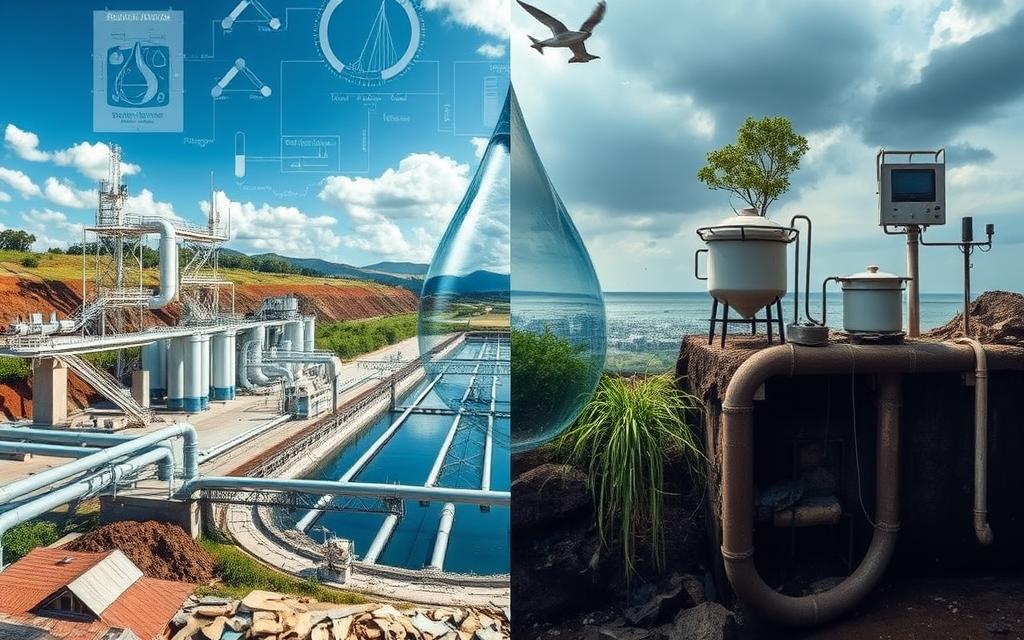
Current Applications of Water Technology
The world of water technology is changing fast. It shows many new ways to use water more wisely and sustainably. These include smart systems for managing water, better methods of treating it, and using data to predict and solve water problems. All these help us tackle current water issues more effectively.
Smart Water Management Systems
Smart water management uses IoT in water management to make water distribution and use better. Technologies now can put sensors and data analytics to work. They monitor water quality and flow in real-time. These digital water solutions help with planning, dealing with emergencies, and fixing systems fast. This makes water services work better for everyone.
Water Treatment Innovations
Getting clean drinking water relies on new treatment ideas. Combining new treatment methods, like ozone and biological filtration, shows what’s new in advances in water treatment. Systems like membrane bioreactors are key in handling wastewater efficiently. BioFiltro’s system stands out, removing almost all contaminants in just four hours. This marks a big step forward in water purification technologies.
Data Analysis and Predictive Modelling
Data analysis has become very important for planning in water management. Using data analysis in water management, utilities can look ahead. They predict future needs and plan for them. With analytical tools for water utilities, they can spot and fix issues early. This means we can all count on having water, even as new challenges come up.
| Technology | Application | Impact |
|---|---|---|
| Smart Water Sensors | Real-time monitoring | Improved resource allocation |
| Ozone Treatment | Water purification | High-quality drinking water |
| Predictive Analytics | Demand forecasting | Proactive management |
Conclusion
Water technology is key in solving the global water crisis and pushing for sustainable resource use. Recent developments show how vital innovation in water is. It ensures we have clean water and protects our environment.
Future tech in water will likely address the growing need for water. This is due to climate change and increasing population.
Technologies like membrane filtration and advanced oxidation are proving their worth. For instance, China saved over 130 billion m³ of water by 2017 with these technologies. This shows how water tech can support economic growth in places with little water. This highlights the strong connection between water tech and efficiency, proving we can grow sustainably.
For these technologies to work, collaboration is needed. This involves governments, businesses, and communities. By investing in advanced technologies, like smart systems, we can better manage water. This will ensure everyone has access to clean water.
In a world aiming for sustainable water management, adopting new water technologies is essential. It’s not just an option but a need for our future.
FAQ
What is water technology?
Water technology is about using science and engineering to handle water resources well. It includes new methods to make water cleaner, use it wisely, and keep it available for the future.
Why is water technology important for sustainable development?
It’s key for sustainable goals because it helps manage water better, reduces waste, and provides clean water for everyone. This supports our economy, society, and environment, especially when water is scarce.
How has water technology evolved over time?
It started with simple filtering and settling of water. Now, we use advanced systems like reverse osmosis, UV cleaning, and smart controls. These address the needs of more people and environmental issues.
What are some current innovative solutions in water management?
Today’s innovations include smart meters, better monitoring systems, and using IoT for data. They improve how we manage resources, letting us gather data in real-time, cut costs, and make water supply better.
What are the challenges in implementing water technology?
There are hurdles like not enough good infrastructure, lacking expertise, and the high costs of starting and upkeep. Also, there are risks from online threats and meeting regulations.
What role do monitoring and assessment technologies play in water management?
They are crucial for keeping water pure and resources lasting. By using sophisticated sensors and data studying, we can understand water quality right away and fix contamination fast.
How does data analysis contribute to water resource management?
Data studying and predicting are key for planning water needs and spotting problems early. By looking at past data and using computer learning, we can guess trends and manage water wisely before issues pop up.
What innovations are transforming water treatment processes?
New treatments like ozone, bio-filtration, and membrane bioreactors are changing how we purify water. These help clean water better and support recycling wastewater in a sustainable way.
What is the significance of smart water management systems?
Smart systems use sensors and IoT to better control water flow and use. This leads to better monitoring, wise use of resources, and quick action in emergencies, making maintenance and overall work more efficient.

